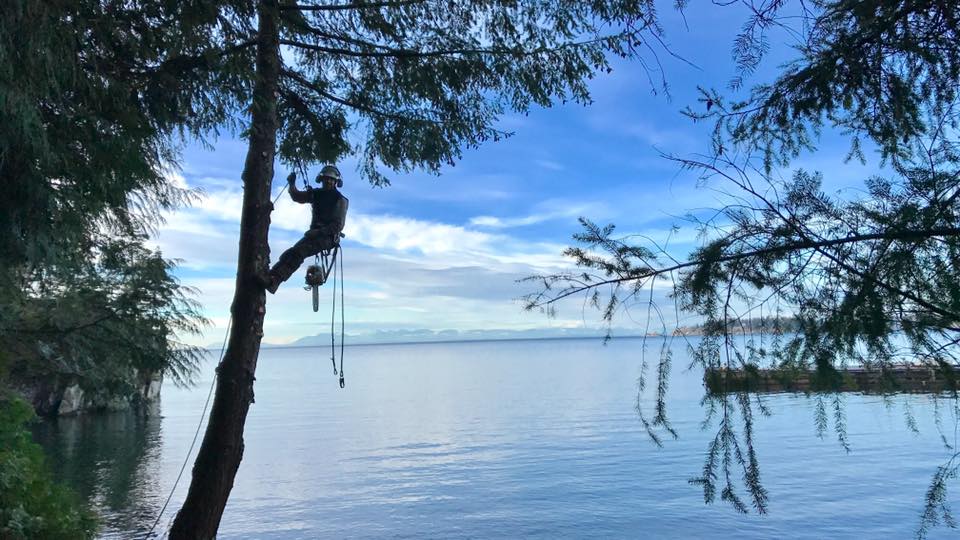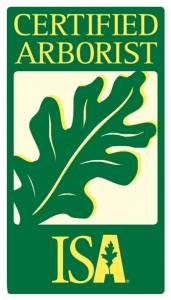TRUST OUR EXPERIENCED TREE SERVICE STAFF
Harvey started his adventure in tree work in 2004, gaining several UK industry specific qualifications. These included pruning techniques, tree removal and safe climbing practices. Having gained a broad range of experience from residential work, pruning larger trees on the busy streets of central London and large site clearance jobs he then decided to set up his own business which he ran successfully for 6 years.
In 2016 Harvey relocated to Vancouver with his family. Harvey completed the Canadian service standard training is an ISA certified arborist and has passed the ISA Tree risk Assessment Qualification. In Vancouver he worked in a management position for a large tree service. Moving forward 2 years we relocated again to the Comox Valley where he is now back in business for himself with Tree Craft.
Tree Craft brings together over 15 years of experience. Harvey prides himself on being able to offer a personal touch and delivers outstanding customer satisfaction.
WHAT DOES IT MEAN TO BE ISA CERTIFIED ARBORIST?
ISA stands for the International Society of Arboriculture. They recognise ‘qualified, competent and safe tree care professionals’ (www.isa-arbor.com). To be eligible to sit the ISA exam you need to have at least 3 years practical full-time experience and be able to demonstrate that your are trained and knowledgeable in all aspects of arboriculture. The exam covers:
- basic tree biology;
- tree identification and selection;
- the relationship between tree-water-soil;
- tree planting and formative care;
- tree nutrition and fertilization;
- pruning techniques;
- cabling and bracing
- problem diagnosis and management;
- tree preservation on construction sites;
- climbing;
- safe work; and
- safe work practices
WHAT DOES IT MEAN TO BE ISA TREE RISK ASSESSMENT QUALIFIED (TRAQ)?
By passing the TRAQ Harvey has demonstrated professional knowledge in tree risk assessment. This includes being proficient in the following key areas:
- the fundamentals of limited-visual and basic tree risk assessment
- understand the principles of advanced diagnostic techniques for assessing tree risk;
- gather and synthesize information needed to assess tree risk; and
- make reasoned judgments and recommendations for mitigating identified risk (www.isa-arbor.com)


